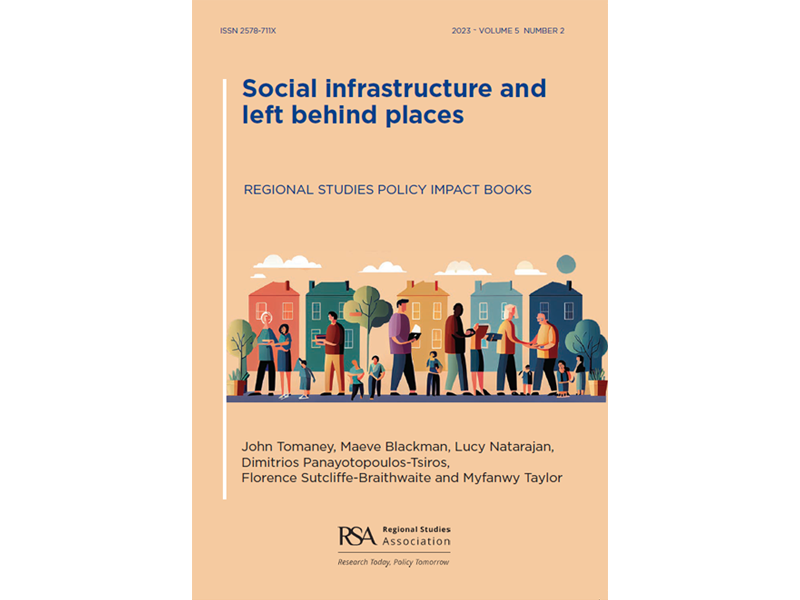In a collaboration between Redhills Durham Miners Hall and University College London (UCL) researchers, a pivotal study has earned a prominent place in a major report on the future of the European Union’s (EU) Cohesion Policy. The High-Level Group on the Future of Cohesion Policy, chaired by Professor Andrés Rodríguez-Pose of the London School of Economics, has accepted and endorsed the report, titled “Forging a Sustainable Future Together,” which is set to influence regional policies throughout Europe.
The Significance of Redhills/UCL Research:
The research cited within the EU report delves into the importance of social infrastructure in fostering community cohesion. Specifically, the study focuses on Sacriston, a former mining village in County Durham, shedding light on the pivotal role that social infrastructure plays in the development and well-being of communities. The findings have been cited in the High-Level Group’s report to advocate for EU investment in social infrastructure in less developed regions.
EU Cohesion Policy and Future Reform:
The EU Cohesion Policy, valued at €352 billion for the period 2021-2027, is a crucial mechanism aimed at reducing regional disparities and promoting balanced development across member states. Through its report, the High-Level Group outlines principles for the future reform of Cohesion Policy, emphasising the role of social infrastructure in achieving sustainable and inclusive development.

Professor John Tomaney’s Insights:
Professor John Tomaney of UCL, who serves as the chair of Redhills and played a key role in the research, highlighted the importance of social infrastructure in building community cohesion. In his testimony before the House of Lords Built Environment Committee on February 20th, 2024, he advocated for investing in social infrastructure to address the challenges faced by declining high streets. The Sacriston study provided valuable insights, reinforcing the significance of these investments.
Integration into Redhills Community Networks:
The research is not confined to academic circles; it is actively shaping the development of Redhills community networks in the former Durham coalfield. By bridging the gap between research findings and practical applications, the collaboration aims to contribute to the revitalisation and sustainability of local communities.

Accessing the Research:
The comprehensive research findings can be accessed freely here. Additionally, a recently published book titled “Social Infrastructure in Left-Behind Places” further expounds on the research, providing an in-depth exploration of its implications and applications can be found here.

